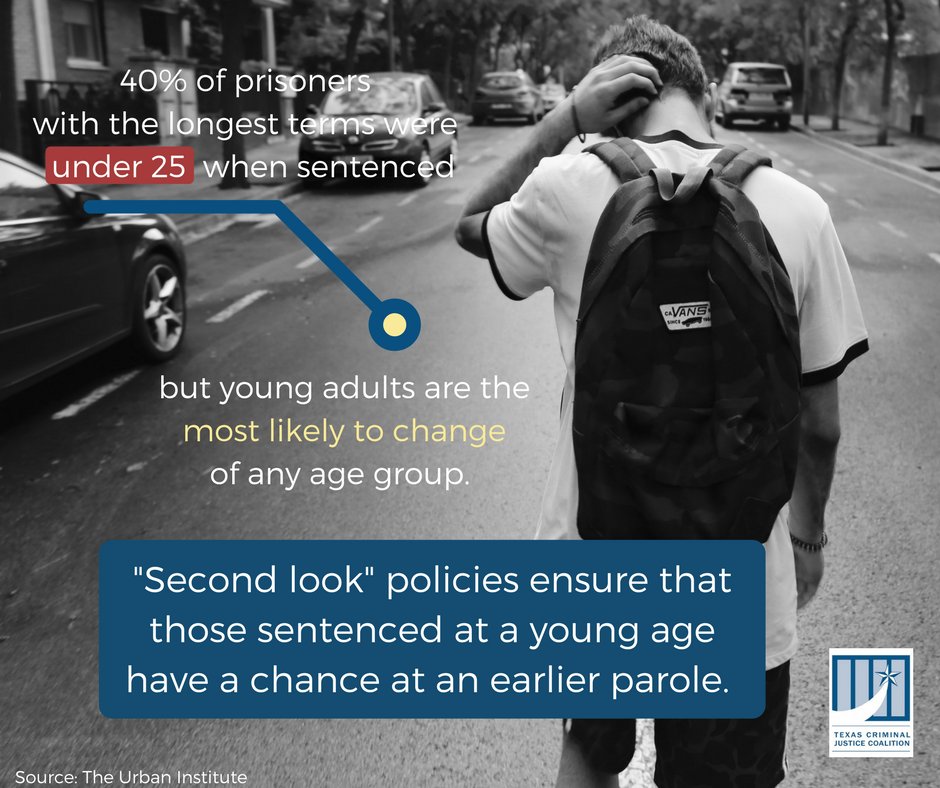In the podcast, we talked about the authors' analysis of police pension politics. But today we turn to Chapter 11, titled, "What Every Union Leader Needs To Know About Dealing With The Media In A High Profile Incident."
The chapter opens with a quote from Malcolm X. "The media's the most powerful entity on earth. They have the power to make the innocent guilty and to make the guilty innocent, and that's power. Because they control the minds of the masses."
The authors suggested eight "rules" for dealing with the media to help unions with this task of making "the guilty innocent." They were laid out as subheads to the chapter:
Rule One: Do Not Defend the Indefensible
Argues that, in racially charged debates, union leaders may need to sacrifice individual members to the media maelstrom because, "If the unions stands directly in the blast and tries to stop it, the blast will overwhelm and discredit the union and the officers it represents." They gave an example in which "the officers were terminated and the union received favorable press."
Rule Two: Redirect the Message
Specifically, "The union should look to see if management or elected officials are overreacting and have jumped to conclusions about the 'guilt' of the officer or officers." Then single that person out and attack them. "The union's attack on the offending officials will start a war of words between the parties and distract the media."
Rule Three: Wrap Yourself in the Flag
"If the high profile incident appears to be really bad and there is no logical explanation in the initial aftermath that the union can give to the media and the public for the officer's actions, the union should wrap itself in the flag." Further, "The union may consider going on the offense at this point." For example, "If the incident has racial overtones, make the message that the debate is about criminals, not race."
Rule Four: Remind the Public Who the Real Bad Guys Are in the Case, and Pray There Are Some
Most high profile incidents begin "when someone starts acting badly or breaking the law, so they suggest that unions investigate the victim ("get the public record on this person") and publicly blame them. They add, "If the incident involves a carload of preachers, revisit Rule Number Three (Wrap Yourself In The Flag)."
Rule Five: Educate the Public About the Hazards of the Job
They encourage emphasizing how
dangerous police officers jobs are and advocate taking reporters to ride along with officers, attend training classes on tactics, or participate in shoot-no-shoot exercises.
Rule Six: Time Heals All Wounds
Drag everything out as long as possible, they advise, and the public will eventually move on. "The longer a high profile incident is off the front page, the easier it is to resolve the case" because "The judge or arbitrator assigned to these cases sometimes feel more media and public pressure immediately after an incident than a year or so later. The more controversial the incident, the more time is your friend."
Rule Seven: Public Trust is Key
They encourage the union to cultivate relationships with businesses and community activists because often they "will step forward to defend police officers in controversial cases. If community leaders come to the defense of their officers, it may lessen the likelihood the officers will face criminal charges, especially if the prosecutor has an elected boss. It may sway management away from severe disciplinary action."
Rule Eight: You Cannot Control the Actions of Your Members 24/7
For union leaders, "The only sin is not expecting anything to happen that would be characterized by the media as controversial." Because it will. "It is not a matter of if, but when the crap will hit the fan." So prepare accordingly.
* * *
So there you have it. Maybe some of our journalist friends thought that was the playbook - anyone who's watched these episodes closely over time recognizes the pattern described above - but now you know it from the horse's mouth.


.jpg)

